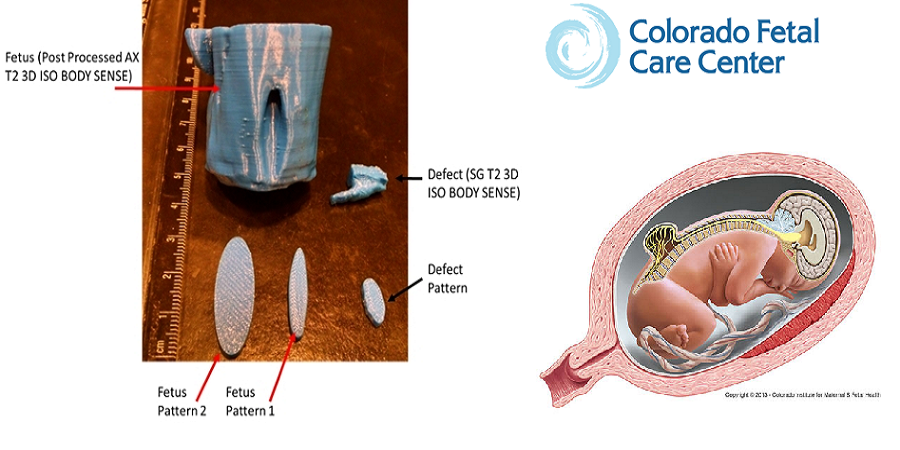
The good news is that in the field of infant mortality, 3D printing is being used positively to prevent the deleterious effects of spina bifida (myelomeningocele). I don’t think anyone would quite argue against this — as in, “Is this kind of surgery really necessary?” — as the serious condition threatens the life of the fetus.
Spina bifida is more common than we realize; it is diagnosed in about 0.7 of every 1,000 babies born in the US. The condition is marked by an opening in the neural tube that runs along the spinal cord.
This can cause alteration of walking ability, swelling of the brain (hydrocephalus), lifetime incontinence, and many surgeries during a child’s life to treat complications. Almost 80 percent of those diagnosed will need a brain drain early in life to treat hydrocephalus, and the goal is to prevent that through fetal intervention.
It’s in the treatment of hydrocephalus that pioneering contributions are being made by 3D printing. In utero surgery is acknowledged as a great preventative measure to take, but surgeons can only learn the size of the spinal opening that they need to close up — or patch — while surgery is happening. Longer surgery times increases serious risks to both mother and child. Best to get that surgery done quickly, and the Colorado Fetal Care Center Team did just this during a recent surgery at the Colorado Institute for Maternal and Fetal Health.
3D imaging and 3D printing helped predict need and size of patch design for the undesired opening based on a model customized after the patient’s characteristics. 3D printing made a “template model” of the dural and skin defects that surgeons studied before the surgery. These 3D models have become regular tools in the fight against spina bifida.
The future of 3D printing is tied together with many other fields, and fetal medicine is by far one of the most challenging. Fetal surgery is about, ultimately, both mother and child — and if doctors are equipped with the customized models of specific patients, they can perform their
Let us know your thoughts on this application of 3D printing technology in the 3D Printing for Spina Bifida forum thread over at 3DPB.com.
